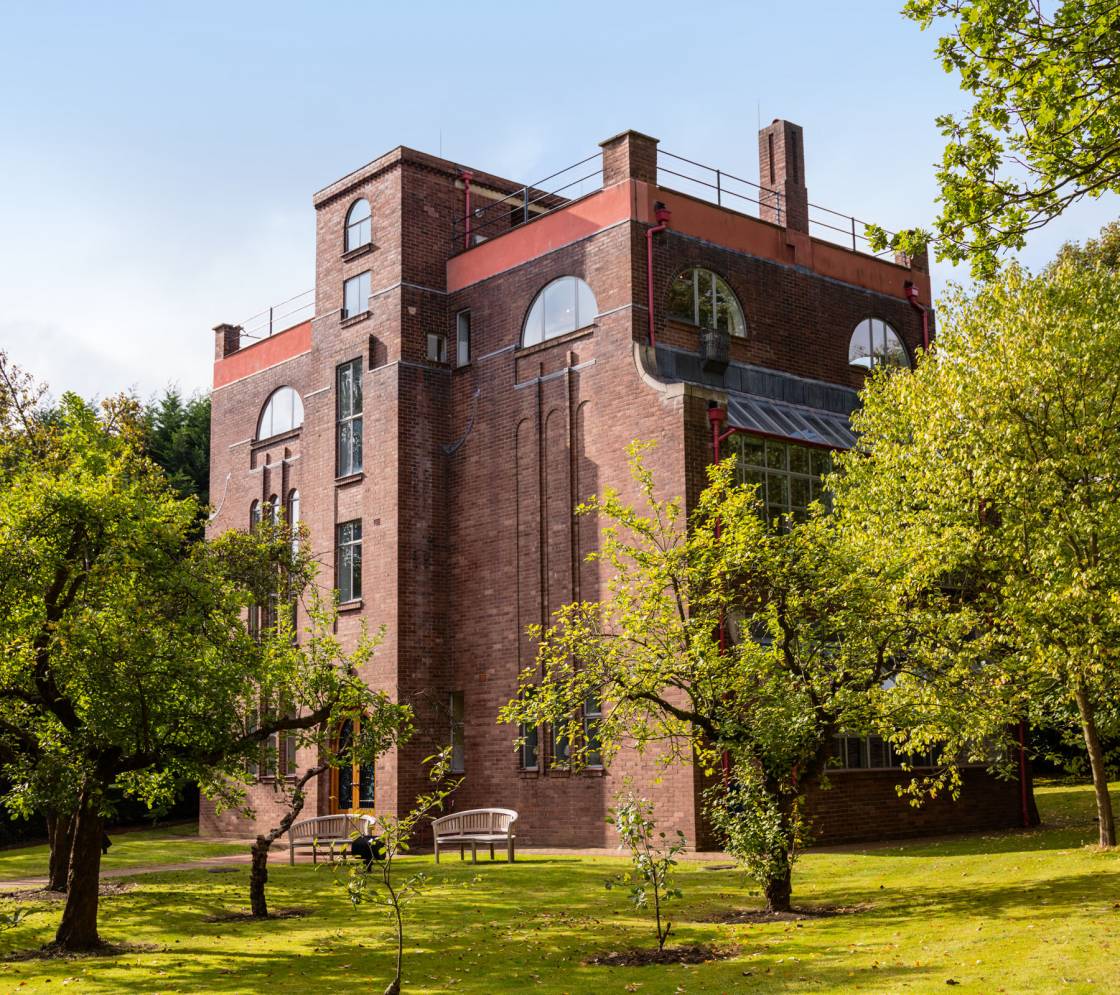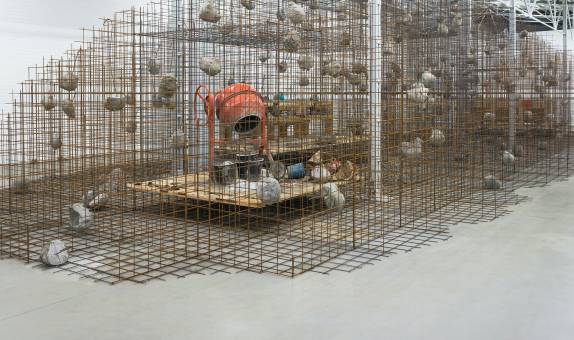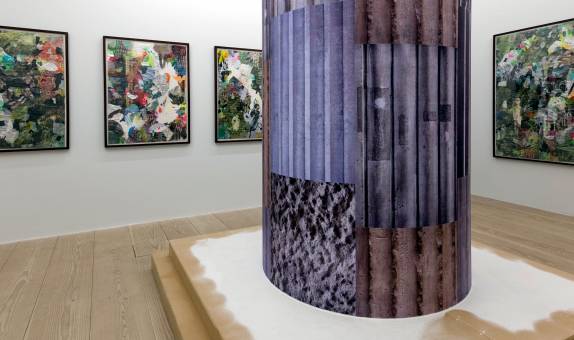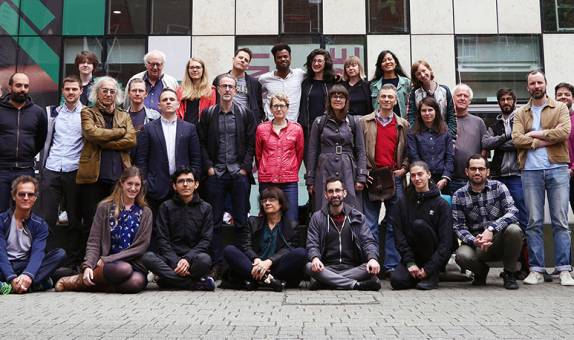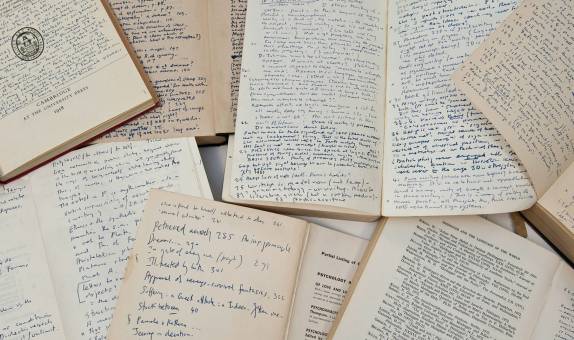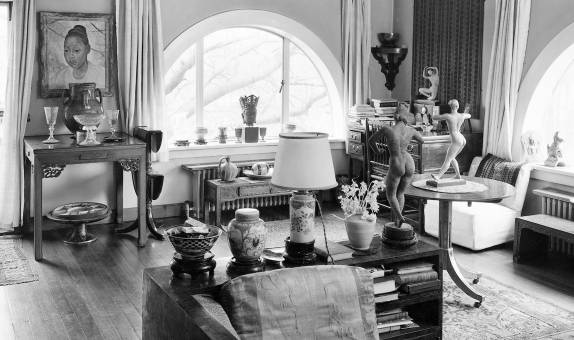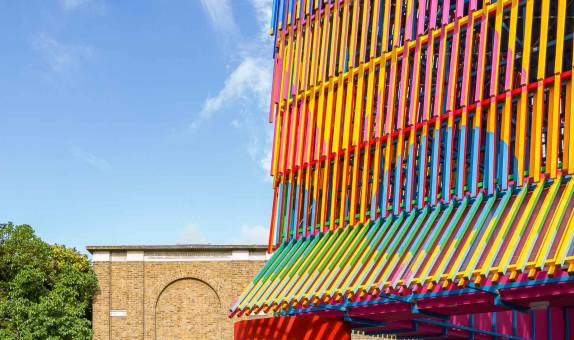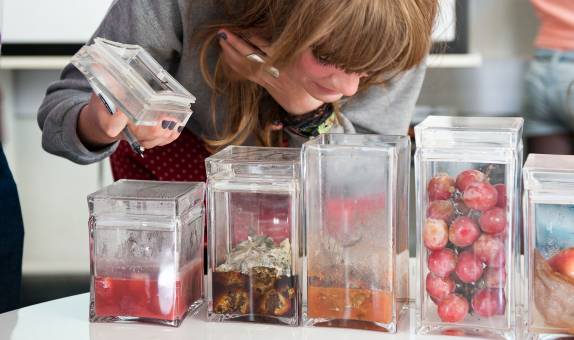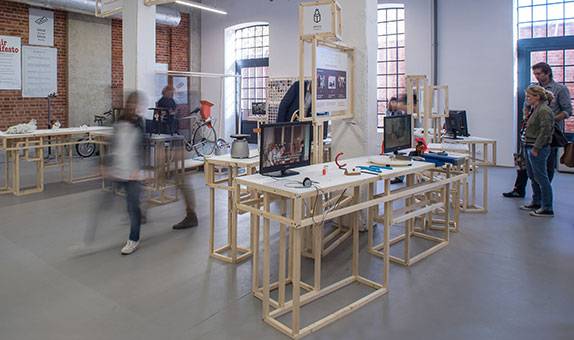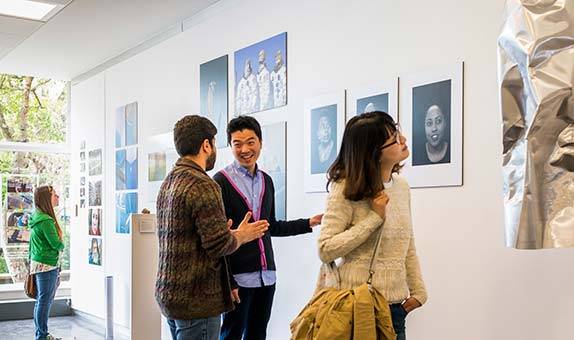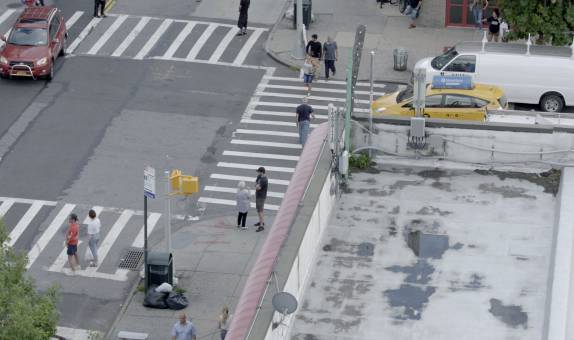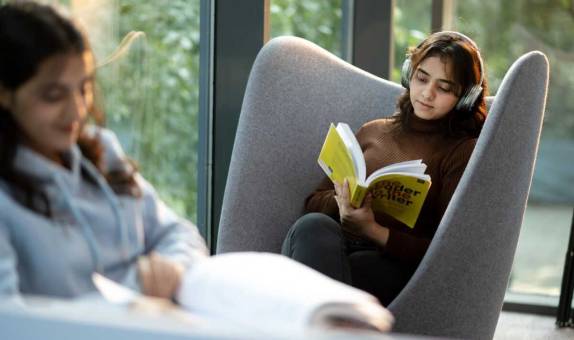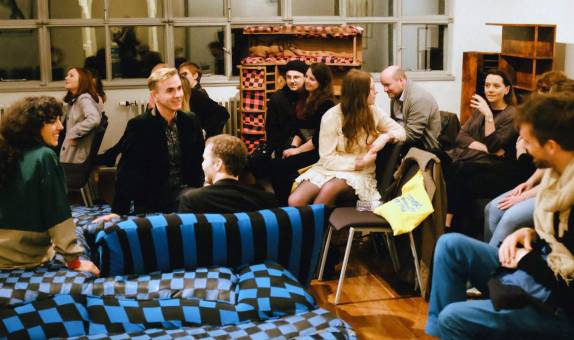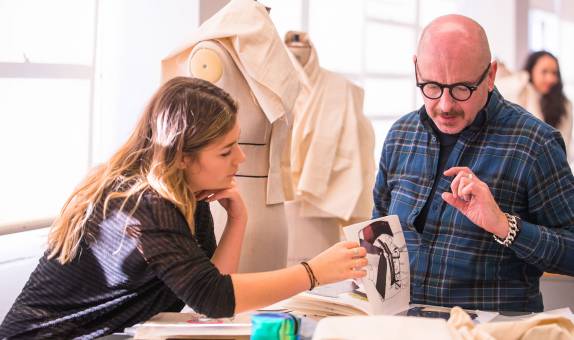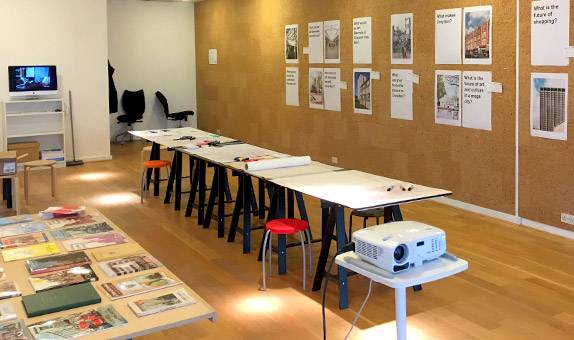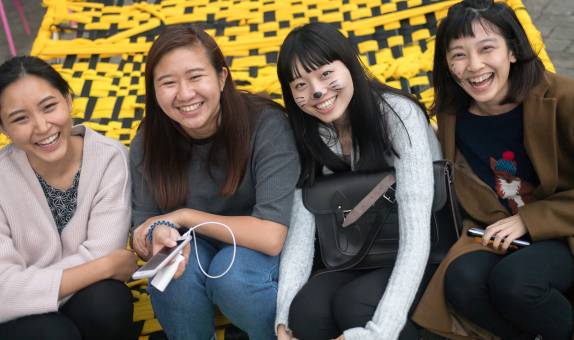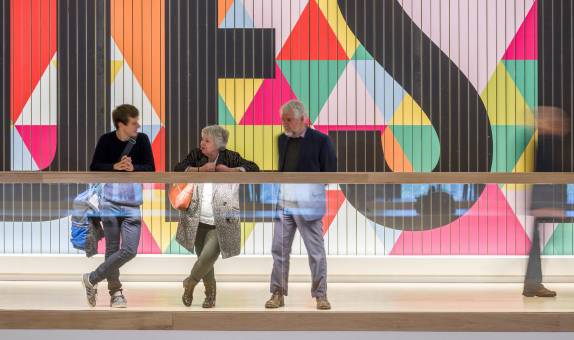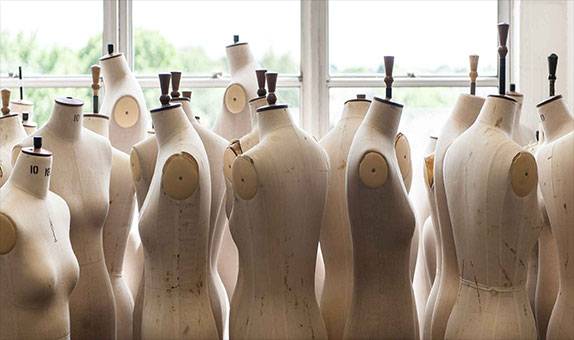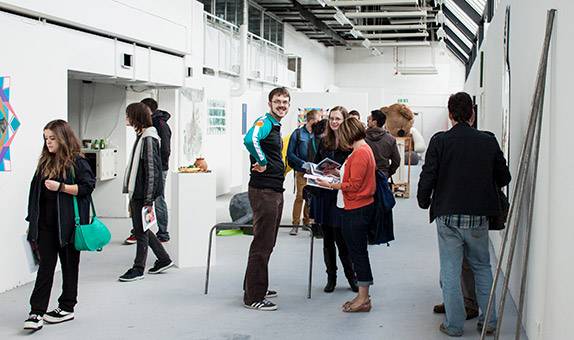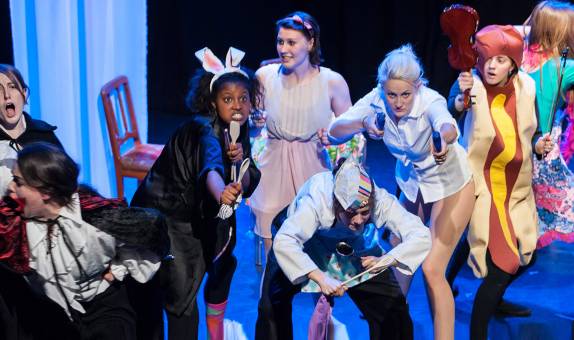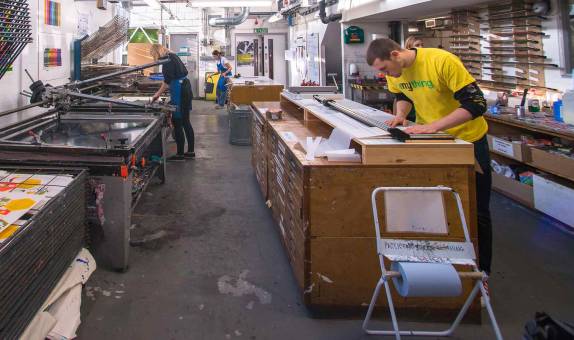Stanley Picker Gallery and Dorich House Museum
Stanley Picker Gallery and Dorich House Museum work with leading artists, designers and Kingston University students and staff to deliver a broad programme of public exhibitions, events and tours. Both public venues are free for Kingston University students and staff to access.
The Museum and Gallery offer volunteering opportunities for students wishing to get involved and gain practical experience in the arts. In addition, each academic year, both venues employ a team of paid, student assistants. Through the Museum and Gallery Assistant programme, students develop valuable professional skills and experience in the increasingly competitive contemporary art and design and museum and heritage sectors.
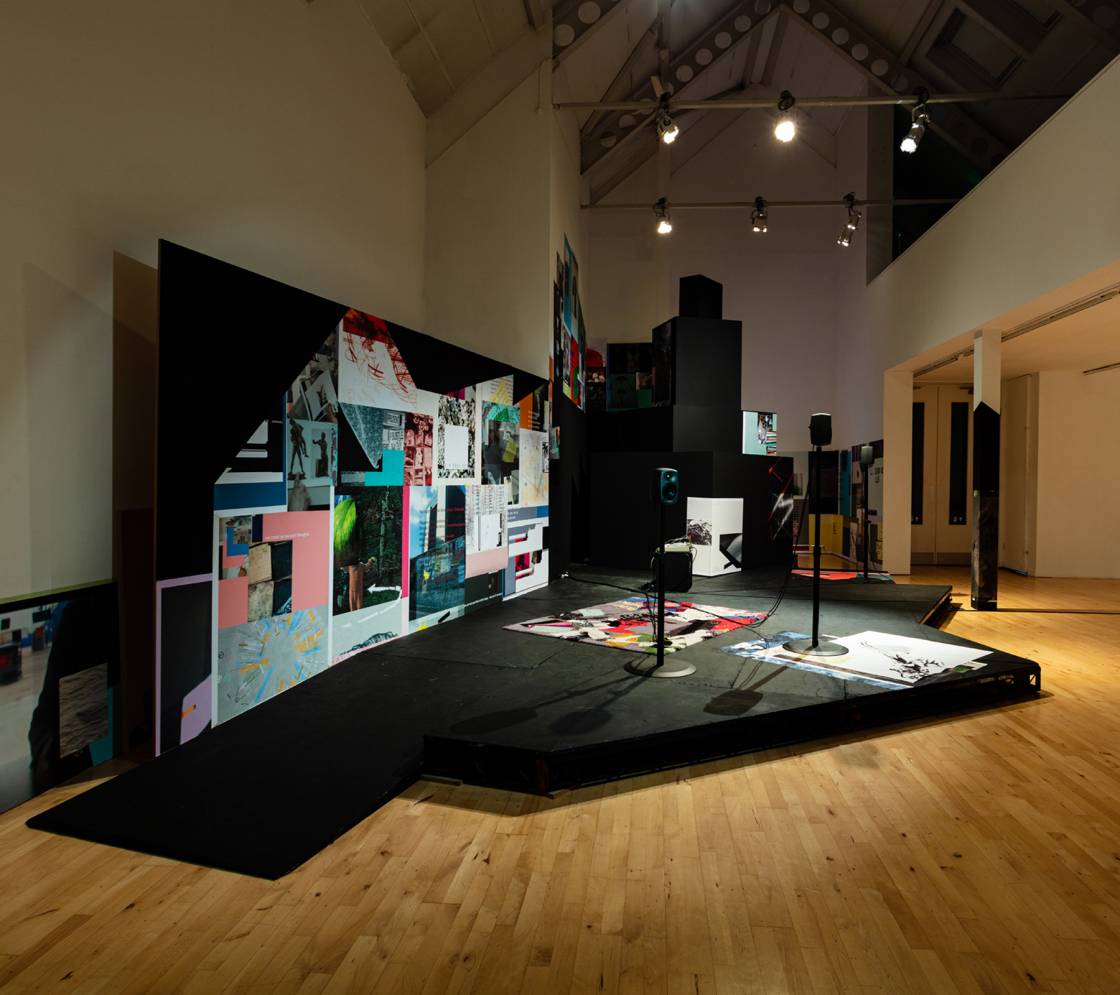
Stanley Picker Gallery
Adjoining Kingston School of Art's Knights Park campus, the Stanley Picker Gallery sits on a small island along the Hogsmill River, offering a dynamic programme for student engagement with innovation, creativity and learning at its heart.
Stanley Picker Gallery's public activities are dedicated to the research, commissioning and presentation of innovative new practice across the fields of art design. Supported by the Stanley Picker Trust and forming part of Arts Council England's National Portfolio, Stanley Picker Gallery is a principal cultural interface between Kingston University and the wider community in South-West London and beyond.
The yearly Stanley Picker Fellowships in Design and Fine Art support contemporary practitioners to research and create new work as part Kingston University's wider research culture. The Gallery's participation programme includes work with local schools, group visits, public workshops, family activities, volunteering, and more.
Dorich House Museum
Located a short walk from Kington Hill campus on Kingston Vale, and served by the university's free inter-site buses, Dorich House Museum is a former studio home of the sculptor Dora Gordine and her husband the Hon. Richard Hare, a scholar of Russian art and literature.
Now Grade II listed, the building was completed in 1936, to Gordine's design, and is an exceptional example of a modern studio house created by and for a female artist. Following Gordine's death in 1991 the house was acquired and renovated by Kingston University and is now open to the public as a fully accredited museum. The Museum holds the world's largest collection of Gordine's work, which spans her artistic career. Also on permanent display is an important collection of Russian art, acquired by Hare and Gordine during their marriage.
In the spirit of Gordine's exemplary life and career, the Museum operates as an international centre to promote and support women's creative practice. Since 2018, the museum has appointed creative practitioners as part of its annual Studio Residency, which is generously supported through a private donation. The museum is available to Kingston University staff and students as a resource for teaching, learning and research.
